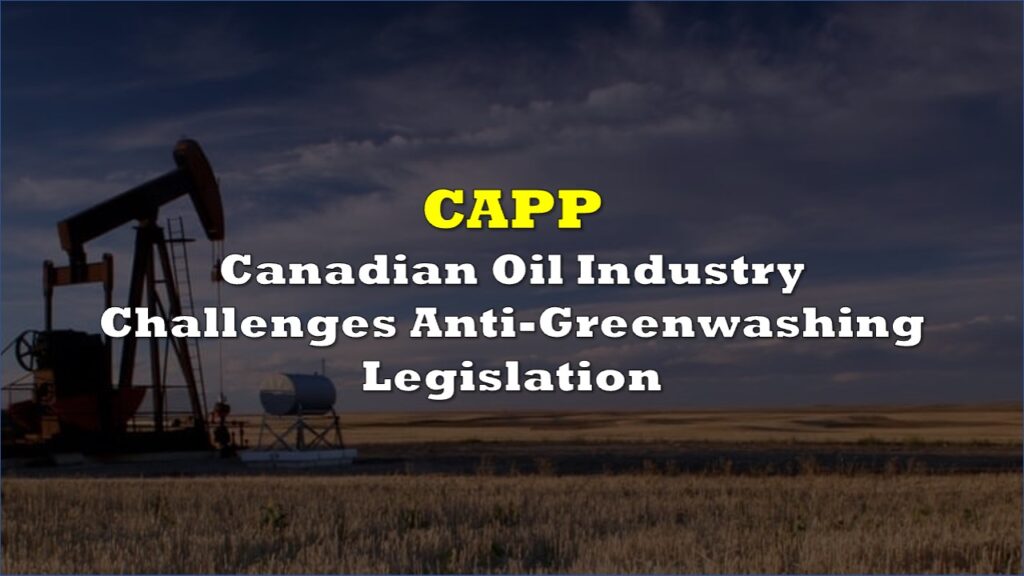Canada will force its energy sector to slash greenhouse gas emissions by 35% over the next six years, introducing a sweeping policy that deepens the rift between federal and provincial governments.
The initiative, announced by Environment Minister Steven Guilbeault, introduces a market-based emissions trading program set to take effect in 2030. The system will establish legal boundaries for pollution while creating economic incentives for companies that successfully reduce their carbon footprint.
We’re moving forward on our commitment to tackle pollution, support Canadian innovation & create good jobs to secure a healthier future. 🌎
— Steven Guilbeault (@s_guilbeault) November 4, 2024
Introducing the GHG pollution cap for the oil and gas industry👉https://t.co/fqngA0sOhP pic.twitter.com/wamwSKMSGj
Implementation will follow a tiered approach, and major energy producers — those exceeding 365,000 barrels of annual production — must initiate emissions tracking by 2026, followed by smaller operators in 2029. The framework allows companies to meet up to one-fifth of their obligations through alternative measures, including carbon offset purchases or contributions to green technology funds.
The announcement has intensified the already strained relationship between federal authorities and Canada’s energy heartland. Alberta Premier Danielle Smith responded with unprecedented defiance, threatening both legal action and the invocation of provincial sovereignty laws to resist federal oversight.
Along with Minister of Environment and Protected Areas Rebecca Schulz and Minister of Energy and Minerals Brian Jean, we have issued the following statement on the proposed federal oil and gas production cap:
— Danielle Smith (@ABDanielleSmith) November 4, 2024
This production cap will hurt families, hurt businesses and hurt… pic.twitter.com/f8dF05VPmF
Industry leaders paint a grim picture of the economic consequences. The Canadian Association of Petroleum Producers warns of regulatory oversaturation, while TC Energy foresees rising household energy costs. Despite these concerns, federal projections suggest the sector will continue to expand, with production expected to rise 16% by the early 2030s.
CAPP statement on the federal government draft emissions cap announcement
— CAPP Oil Gas Canada (@OilGasCanada) November 4, 2024
“CAPP and our members believe the draft emissions cap regulations, if implemented, are likely to deter investment into Canadian oil and natural gas projects. The result would be lower production, lower…
The initiative builds upon existing environmental frameworks, including national carbon pricing and various incentive programs. However, its longevity faces political uncertainty. Opposition leader Pierre Poilievre, currently favored in polls ahead of next year’s election, has committed to dismantling much of the current administration’s environmental agenda.
I'll take "Things that Pierre will undo in his first 90 days for 500 Alex" pic.twitter.com/5Yca6QzqXd
— SmallCapSteve (@smallcapsteve) November 4, 2024
The announcement carries particular weight given Canada’s position as the world’s fourth-largest oil and fifth-largest gas producer. This represents Ottawa’s most assertive step yet to align the country’s dominant energy sector with its climate commitments. Final regulatory details are expected to emerge in 2025 following extensive stakeholder consultations.
Information for this story was found via Bloomberg, and the sources and companies mentioned. The author has no securities or affiliations related to the organizations discussed. Not a recommendation to buy or sell. Always do additional research and consult a professional before purchasing a security. The author holds no licenses.







